Grow Mango Tree from Seed: Imagine biting into a juicy, sun-ripened mango, knowing you nurtured that very tree from a tiny seed! It sounds like a tropical dream, right? Well, it doesn’t have to be just a dream. This DIY guide will walk you through the surprisingly simple steps to cultivate your own mango tree, bringing a touch of the tropics right to your backyard or even your living room.
Mangoes have a rich history, dating back thousands of years in India, where they’re considered a symbol of love and prosperity. Cultivating mangoes has been a cherished tradition passed down through generations. Now, you can participate in this legacy, even if you don’t live in a tropical climate.
Why should you learn how to grow mango tree from seed? Because it’s incredibly rewarding! Not only will you have the satisfaction of nurturing a plant from its earliest stages, but you’ll also potentially enjoy delicious, homegrown mangoes in the future. Plus, it’s a fantastic way to connect with nature, learn about plant life cycles, and add a unique and beautiful element to your home or garden. Many people think growing a mango tree is difficult, but with the right knowledge and a little patience, you can absolutely succeed. Let’s get started!
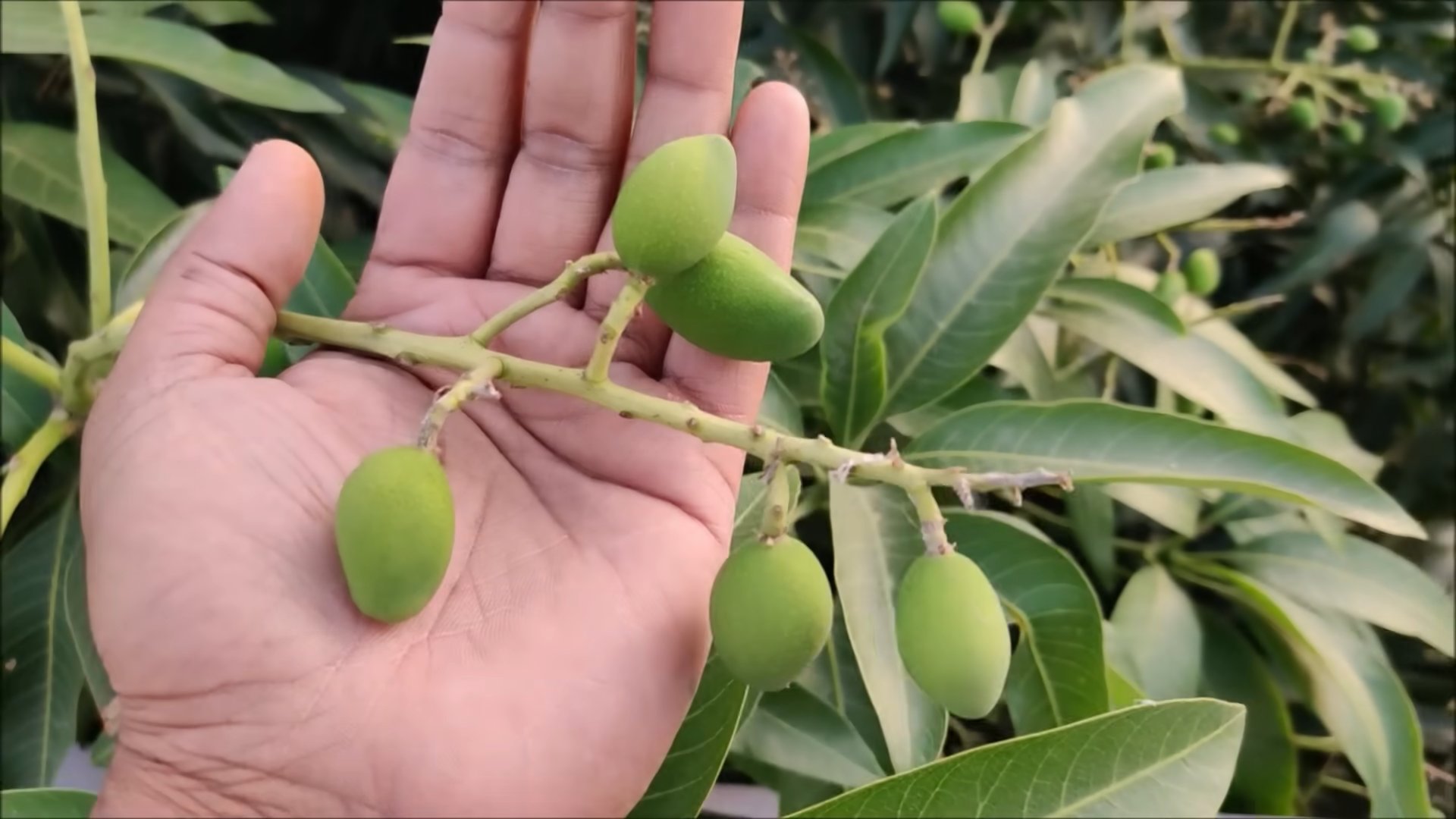
Growing Your Own Mango Tree From Seed: A Tropical Adventure!
Hey there, fellow plant enthusiasts! Ever dreamt of picking fresh, juicy mangoes right from your own backyard? Well, guess what? You can! Growing a mango tree from seed is a surprisingly rewarding DIY project. It takes patience, sure, but the feeling of nurturing a tiny seed into a thriving tree is absolutely priceless. Plus, you’ll have a fantastic conversation starter for years to come. Let’s dive in!
Choosing the Right Mango and Preparing the Seed
Okay, before we get our hands dirty, we need to talk about mangoes. Not all mangoes are created equal when it comes to growing them from seed.
* Variety Matters: Some mango varieties are polyembryonic, meaning they produce multiple seedlings from a single seed. These are your best bet for a higher success rate and a tree that’s more likely to resemble the parent fruit. Examples include ‘Tommy Atkins’, ‘Haden’, and ‘Kent’ (though these can sometimes be monoembryonic). Monoembryonic varieties produce only one seedling, and the resulting tree might not be true to the parent.
* Fresh is Best: The fresher the mango, the better the chances of germination. Look for ripe, fragrant mangoes at your local grocery store or farmer’s market. Avoid mangoes that are bruised, damaged, or overly soft.
* Enjoy the Fruit First! This is the best part! Savor the delicious mango flesh. Once you’ve enjoyed your treat, carefully clean the seed (also called the pit or stone).
Now, let’s get to the nitty-gritty of seed preparation. This is crucial for successful germination.
Step-by-Step Seed Preparation:
1. Clean the Seed: After you’ve eaten the mango, thoroughly clean the fibrous flesh from the seed. Use a knife or your hands to remove as much of the pulp as possible. This will prevent mold and rot. Rinse the seed under running water until it’s clean.
2. Drying the Seed (Optional): Some people prefer to let the seed dry for a day or two before opening it. This can help prevent fungal growth. Place the cleaned seed in a well-ventilated area, away from direct sunlight.
3. Opening the Seed: This is where things get a little tricky, but don’t worry, I’ll guide you through it. The goal is to carefully extract the kernel (the actual seed inside the hard shell) without damaging it.
* Safety First: Wear gloves to protect your hands, as the sap from the mango seed can be irritating to some people.
* Tools You’ll Need: You’ll need a sharp knife (a sturdy utility knife or even a small saw works well), a hammer (optional), and a stable surface.
* The Technique:
* Locate the Seam: Look for the natural seam along the edge of the seed. This is where the two halves of the shell meet.
* Carefully Cut or Pry: Using your knife, carefully try to pry open the seam. You might need to gently tap the knife with a hammer to get it started. Be patient and avoid applying too much force, as you don’t want to damage the kernel inside.
* Alternative Method (Hammer): If you’re having trouble with the knife, you can try gently tapping the seed along the seam with a hammer. Be extremely careful not to crush the seed.
* Patience is Key: This process can take some time and effort. Don’t get discouraged if it’s difficult at first.
4. Extracting the Kernel: Once you’ve opened the seed, you’ll find the kernel inside. It looks like a large bean. Carefully remove it from the shell. The kernel is delicate, so handle it with care.
5. Inspecting the Kernel: Check the kernel for any signs of damage or rot. It should be plump and healthy-looking. Discard any kernels that are discolored or mushy.
Germinating the Mango Kernel
Now that we have our precious mango kernel, it’s time to get it to sprout! There are a couple of methods you can use:
* Paper Towel Method: This is a simple and effective way to germinate mango kernels.
* Direct Planting Method: This involves planting the kernel directly into a pot of soil.
Let’s explore both methods:
Method 1: Paper Towel Germination
1. Prepare the Paper Towel: Moisten a paper towel with water. It should be damp but not dripping wet.
2. Wrap the Kernel: Place the mango kernel on the damp paper towel and fold the towel over it to enclose it completely.
3. Seal in Moisture: Place the wrapped kernel in a plastic bag or container. This will help to retain moisture and create a humid environment.
4. Warm and Dark Place: Store the bag or container in a warm, dark place. A kitchen cabinet or a closet works well.
5. Check Regularly: Check the paper towel every few days to make sure it’s still moist. If it’s drying out, add a little water.
6. Wait for Sprouts: Within a week or two (sometimes longer, depending on the variety and conditions), you should see a small root emerging from the kernel. This is a sign that it’s germinating!
Method 2: Direct Planting
1. Prepare the Pot: Fill a small pot (about 4-6 inches in diameter) with well-draining potting mix. A mix of potting soil, perlite, and vermiculite works well.
2. Plant the Kernel: Make a small hole in the center of the soil and place the mango kernel in the hole, with the root end (if you see one) pointing downwards. Cover the kernel with soil, leaving the top slightly exposed.
3. Water Gently: Water the soil gently until it’s moist but not waterlogged.
4. Warm and Sunny Location: Place the pot in a warm, sunny location. A windowsill that receives direct sunlight is ideal.
5. Keep the Soil Moist: Keep the soil consistently moist, but avoid overwatering.
6. Wait for Sprouts: It may take several weeks for the mango kernel to sprout. Be patient and continue to provide it with warmth, sunlight, and moisture.
Planting Your Mango Seedling
Once your mango kernel has sprouted and has a few leaves, it’s time to transplant it into a larger pot.
1. Choose a Larger Pot: Select a pot that’s at least 8-10 inches in diameter. This will give the seedling plenty of room to grow.
2. Prepare the Potting Mix: Use a well-draining potting mix, similar to what you used for germination.
3. Carefully Remove the Seedling: Gently remove the seedling from its original pot or paper towel. Be careful not to damage the roots.
4. Plant the Seedling: Make a hole in the center of the soil in the larger pot and place the seedling in the hole. Cover the roots with soil and gently firm the soil around the base of the seedling.
5. Water Thoroughly: Water the soil thoroughly until it’s moist but not waterlogged.
6. Provide Support (Optional): If the seedling is tall and spindly, you may want to provide it with some support, such as a small stake.
7. Warm and Sunny Location: Place the pot in a warm, sunny location.
Caring for Your Mango Tree
Congratulations! You’ve successfully grown a mango seedling. Now, it’s time to provide it with the care it needs to thrive.
* Sunlight: Mango trees need plenty of sunlight, at least 6-8 hours per day.
* Watering: Water your mango tree regularly, especially during the growing season (spring and summer). Allow the soil to dry out slightly between waterings. Avoid overwatering, as this can lead to root rot.
* Fertilizing: Fertilize your mango tree every few months with a balanced fertilizer. Follow the instructions on the fertilizer package.
* Pruning: Prune your mango tree regularly to maintain its shape and encourage fruit production. Remove any dead, damaged, or diseased branches.
* Pest and Disease Control: Keep an eye out for pests and diseases. Common mango tree pests include aphids, scale, and mealybugs. Treat infestations promptly with insecticidal soap or neem oil.
* Protect from Frost: Mango trees are sensitive to frost. If you live in an area with cold winters, you’ll need to protect your tree from frost by bringing it indoors or covering it with a blanket.
Patience is a Virtue!
Growing a mango tree from seed takes time and patience. It can take several years for a mango tree grown from seed to produce fruit. However, the reward of harvesting your
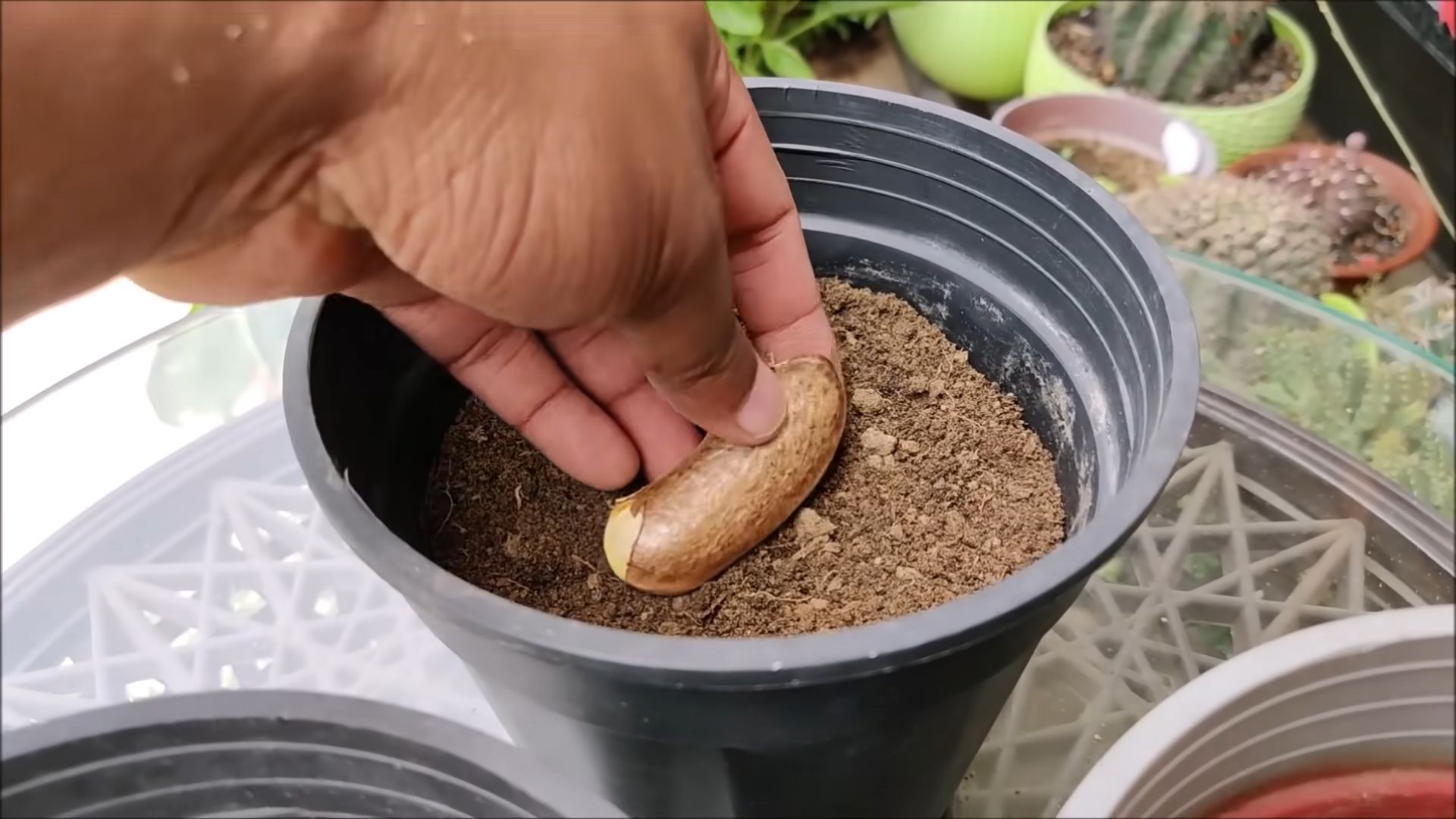
Conclusion
So, there you have it! Growing a mango tree from seed might seem like a tropical dream reserved for expert gardeners, but as you’ve seen, it’s an achievable and incredibly rewarding project for anyone with a little patience and the right guidance. This DIY trick isn’t just about saving money on a nursery-bought tree; it’s about connecting with nature, understanding the life cycle of a plant, and experiencing the unique satisfaction of nurturing something from its very beginning.
Why is this a must-try? Because it’s more than just gardening; it’s an educational journey, a therapeutic activity, and a source of immense pride when you finally see those first leaves unfurl. Imagine the bragging rights when you can say, “I grew this mango tree from a single seed!” Plus, it’s a fantastic way to introduce children to the wonders of botany and the importance of sustainable living.
But the benefits don’t stop there. Growing your own mango tree allows you to select the specific variety you desire. While the seed may not produce fruit exactly like the parent tree (due to genetic variation), it opens the door to grafting, a technique where you can attach a branch from a known, high-quality mango variety onto your seedling, ensuring you get the delicious fruit you crave.
Consider these variations to personalize your mango-growing adventure:
* Experiment with different mango varieties: Try growing seeds from different types of mangoes to see which ones thrive best in your local climate. Some varieties are more cold-hardy or disease-resistant than others.
* Hydroponic mango seedling start: For a faster start, try germinating your mango seed in a hydroponic setup. This involves suspending the seed in water with added nutrients, providing optimal conditions for root development.
* Grafting for guaranteed fruit: Once your seedling is established, consider grafting a scion (a cutting from a desired mango variety) onto it. This ensures that your tree will produce fruit identical to the parent tree.
* Container gardening for flexibility: If you live in a colder climate, grow your mango tree in a large container. This allows you to move it indoors during the winter months, protecting it from frost.
We wholeheartedly encourage you to give this DIY trick a try. It’s a project that requires patience, but the rewards are well worth the effort. The journey of watching a tiny seed transform into a thriving mango tree is an experience you won’t soon forget.
Don’t be afraid to experiment, learn from your mistakes, and most importantly, have fun! And once you’ve embarked on your mango-growing adventure, we’d love to hear about your experiences. Share your photos, tips, and challenges in the comments section below. Let’s create a community of mango enthusiasts, sharing our knowledge and celebrating our successes together. Let’s all learn how to grow mango tree from seed together!
Frequently Asked Questions (FAQ)
1. What type of mango seed is best for growing a tree?
The best type of mango seed to use is one that comes from a mature, ripe mango. Ideally, choose a polyembryonic variety, as these have a higher chance of producing a tree that is true to type (meaning the fruit will be similar to the parent mango). Some popular polyembryonic varieties include Tommy Atkins, Haden, and Kent. However, even monoembryonic varieties (those with a single embryo) can be grown successfully, although the fruit may vary more from the parent. The most important thing is to use a fresh seed, as older seeds have a lower germination rate.
2. How long does it take for a mango seed to germinate?
Germination time can vary depending on several factors, including the freshness of the seed, the temperature, and the moisture levels. Generally, it takes anywhere from 1 to 4 weeks for a mango seed to germinate. Soaking the seed in water for 24 hours before planting can help speed up the process. Maintaining a warm and humid environment is also crucial for successful germination.
3. What kind of soil is best for growing a mango tree?
Mango trees thrive in well-draining soil that is rich in organic matter. A slightly acidic to neutral pH (6.0 to 7.0) is ideal. You can create a suitable soil mix by combining equal parts of potting soil, compost, and perlite or sand. This mixture provides good drainage, aeration, and nutrient retention. Avoid heavy clay soils, as they can become waterlogged and lead to root rot.
4. How much sunlight does a mango tree need?
Mango trees require plenty of sunlight to grow and produce fruit. Aim for at least 6 to 8 hours of direct sunlight per day. If you are growing your mango tree indoors, place it near a sunny window or supplement with grow lights. Insufficient sunlight can result in weak growth, poor fruit production, and increased susceptibility to pests and diseases.
5. How often should I water my mango tree?
Watering frequency depends on the climate, soil type, and the age of the tree. Young mango trees need more frequent watering than mature trees. In general, water deeply whenever the top inch of soil feels dry to the touch. Avoid overwatering, as this can lead to root rot. During the dry season, you may need to water more frequently. Mulching around the base of the tree can help retain moisture in the soil.
6. When will my mango tree start producing fruit?
Mango trees grown from seed typically take 5 to 8 years to start producing fruit. This is because they need to reach a certain level of maturity before they can flower and set fruit. Grafted mango trees, on the other hand, can start producing fruit in as little as 2 to 3 years. Grafting involves attaching a branch from a mature, fruit-bearing tree onto a seedling, which bypasses the long juvenile period.
7. How do I protect my mango tree from pests and diseases?
Regularly inspect your mango tree for signs of pests and diseases. Common pests include aphids, scale insects, and mango hoppers. Diseases can include anthracnose, powdery mildew, and root rot. Treat infestations and infections promptly with appropriate insecticides, fungicides, or cultural practices. Maintaining good air circulation, providing adequate sunlight, and avoiding overwatering can help prevent many pest and disease problems.
8. Can I grow a mango tree in a pot?
Yes, you can grow a mango tree in a pot, especially if you live in a colder climate where you need to bring it indoors during the winter. Choose a large pot with drainage holes and use a well-draining potting mix. Dwarf mango varieties are particularly well-suited for container gardening. Be sure to provide adequate sunlight, water, and fertilizer. You may need to repot your mango tree every few years as it grows.
9. What kind of fertilizer should I use for my mango tree?
Mango trees benefit from regular fertilization, especially during the growing season. Use a balanced fertilizer with a ratio of 10-10-10 or 14-14-14. Apply fertilizer according to the manufacturer’s instructions, typically every 2 to 3 months during the spring and summer. You can also supplement with organic fertilizers, such as compost or manure. Avoid fertilizing during the dormant season (winter).
10. Is it possible to grow a mango tree indoors permanently?
While it’s challenging, it is possible to grow a mango tree indoors permanently, especially with dwarf varieties. However, you’ll need to provide optimal conditions, including plenty of sunlight (or grow lights), well-draining soil, regular watering, and fertilization. You may also need to prune your mango tree to control its size and shape. Keep in mind that indoor mango trees may not produce as much fruit as those grown outdoors.


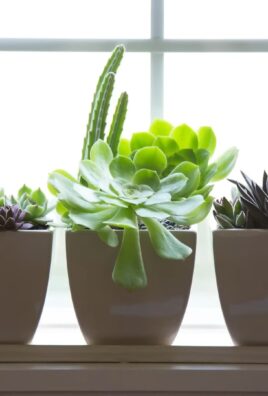
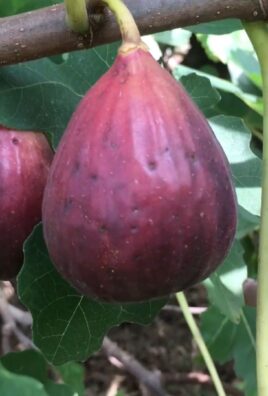
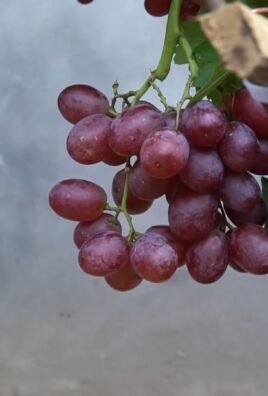
Leave a Comment